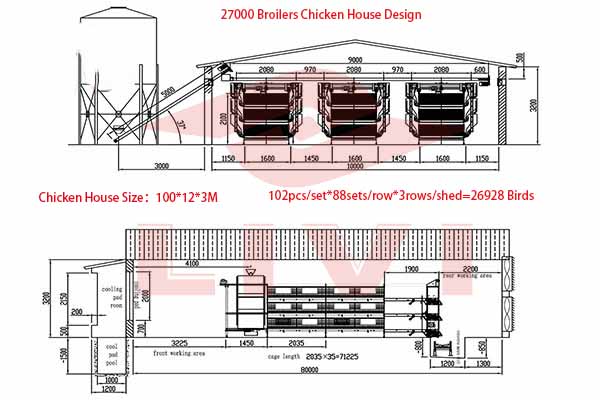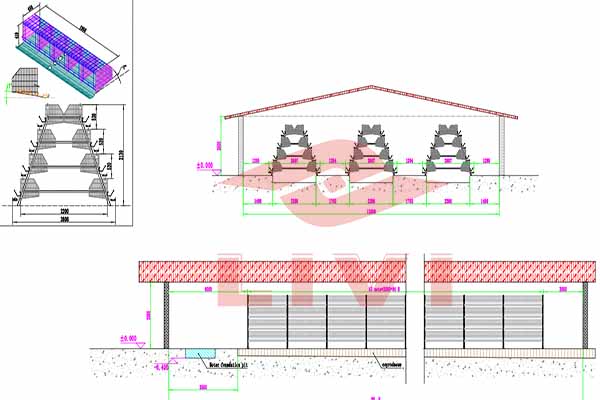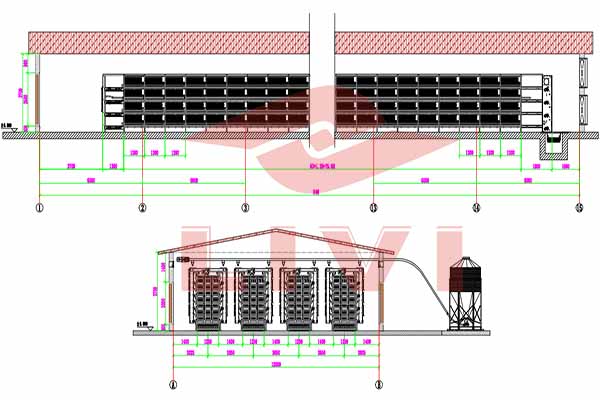Maximizing High-Yield Egg Production with Advanced Systems
The poultry industry is continually evolving, with high-yield egg production systems becoming increasingly vital for farm profitability. In this article, we delve into the key aspects of implementing an efficient egg production system that ensures maximum yield and sustainable growth.
Understanding High-Yield Egg Production Systems
High-yield egg production systems refer to the combination of technology, management practices, and equipment designed to maximize egg output while maintaining animal welfare and environmental sustainability. These systems are tailored to optimize the following factors:
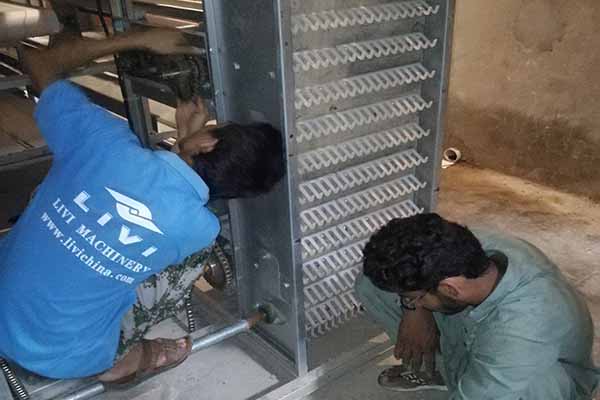
- Breeding Programs: Selecting high-yielding bird breeds and genetic lines.
- Feeding and Nutrition: Providing balanced diets for optimal health and production.
- Housing and Environment: Ensuring comfortable, safe, and hygienic living conditions.
- Health Management: Implementing robust biosecurity measures and disease prevention strategies.
- Equipment and Automation: Utilizing advanced machinery for efficient processing and monitoring.
According to a study by the FAO, a well-implemented high-yield egg production system can increase egg production by up to 30% compared to traditional methods.
<img src="http://www.qualitychickenfarm.com/wp-content/uploads/2025/04/management-method-of-chicken-cage-farming-in-laying-period-1.jpg" alt="insert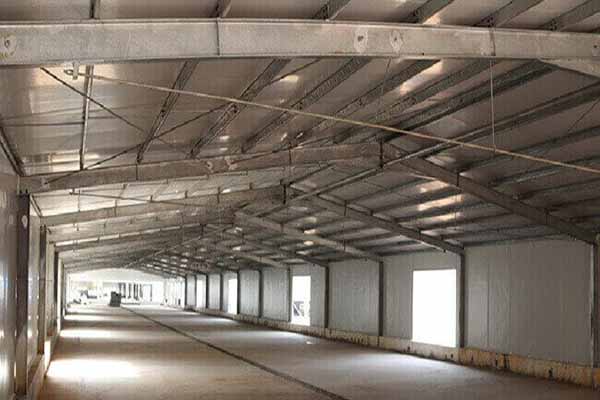 ed image”>
ed image”>
Key Components of a High-Yield Egg Production System
The following components are crucial for achieving high-yield egg production:
- Brooder Houses: These facilities house young chicks during the critical first weeks of life, providing controlled temperatures and humidity.
- Layer Houses: Designed for adult hens, these houses should ensure ample space, lighting, and ventilation.
- Feeding Systems: Automated feeding systems help in delivering precise quantities of feed, promoting consistent egg size and quality.
- Water Systems: Adequate access to clean water is essential for hydration and eggshell development.
- Automated Collection Systems: Reducing manual handling, these systems enhance efficiency and reduce the risk of contamination.
- Monitoring and Management Software: Real-time data analytics enable proactive management and early detection of potential issues.
Investment Returns and Long-Term Benefits
An investment in a high-yield egg production system requires careful planning and capital. However, the long-term benefits outweigh the initial costs. A well-designed system can lead to increased profitability, reduced operational expenses, and enhanced market competitiveness.
| Initial Investment | Annual Yield | Estimated Return on Investment |
|---|---|---|
| $100,000 | 500,000 eggs | 5 years |
These systems not only improve financial performance but also contribute to the overall sustainability of the poultry industry by reducing resource consumption and waste generation.
Contact Us for Free Consultation and Quotation
Are you considering a high-yield egg production system for your farm? Contact us today to schedule a free consultation and receive a comprehensive design plan and equipment quotation from Livi Mechanical. Our expert team is ready to help you maximize your egg production and secure a prosperous future.


